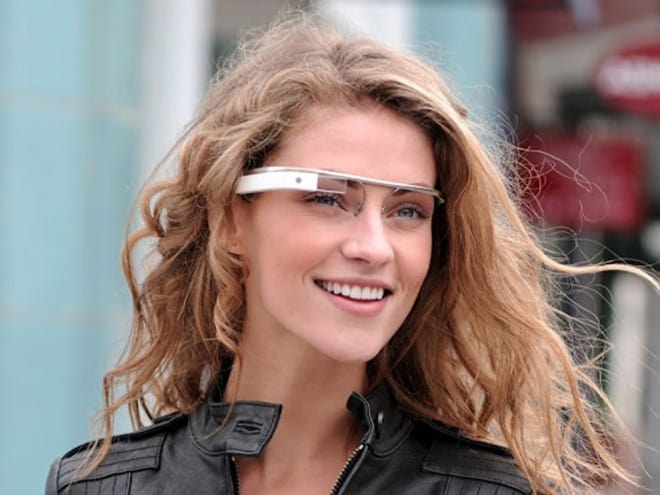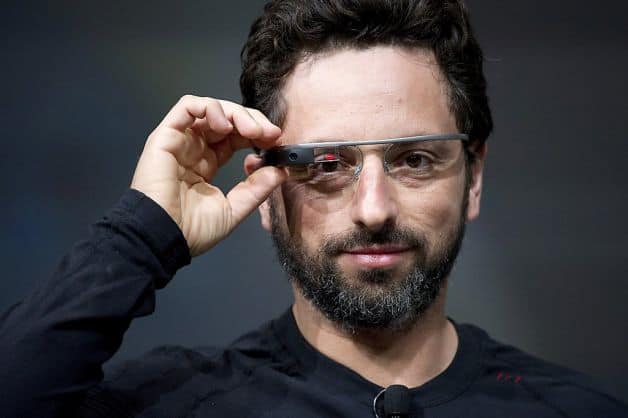Rumors today (don’t you just love tech rumors and leaks?) suggest the long-awaited Apple AR (augmented reality) glasses may soon be here.
Per Ars Technica, a YouTuber claims to have seen what is supposedly called “Apple Glass” and expects the price to be $499 USD plus the additional price of a prescription.
Read into this what you will. Merely speculation.
Then again, often these leaks tend to hold quit a bit of credible content — at least based on the past few years when it comes to Apple products (see: current crop of iPhone 12 leaks).
As for an actual launch date of Apple Glass?
“Q4 2021 to Q1 2022”
Per YouTuber Jon Prosser via Ars Technica:
Prosser says the prototype displayed information in both lenses, and the UI is called “Starboard,” a good companion name to iOS’ “Springboard.” The device was “controlled via gestures on and in front of the device” and could “scan proprietary Apple QR codes,” which presumably would have to be specially designed, since, remember, there’s no RGB camera. Currently, there is no option for sunglasses.
Hard to imagine that it’s been about seven years since Google’s failed foray into this space. Google Glass was cool, and demoed well, but it failed to capture a mainstream buyer, and ultimately appealed to geeks and tech bloggers who mostly saw it as a shiny new toy. Then, of course, there were privacy concerns. Many early users of Google Glass would wear them openly into places like restrooms, and gyms, and other areas where people may not exactly like the idea of a stranger recording them, or analyzing their faces, etc.
But what will be the Apple Glass killer app?
Perhaps the biggest challenge for Apple Glass — or any AR set of glasses we wear daily — will be the need to provide consumers with a reason why. Why do I need a pair of AR glasses?
What is the killer app?
Most tech products gather momentum when they offer something that we can’t live without. Or at least we thought previously we could’t live without.
Given Apple Glass will likely require a paired iPhone to function (providing the processing power), and given that the iPhone will be right with us, what is it that the AR glasses can do that we couldn’t already with our phones?
Of course, there are many potential use cases. One is maps: having directions right there in our peripheral vision. Or gaming (no doubt possibly a big category for mobile AR wearables).

I think Apple will need to define what exactly these AR glasses offer that our phones don’t. We now understand, for example, that the Apple Watch, like Fitbit, is a convenient fitness tracker, that monitors our health and things like heartrate. To the every day person that could have significant value — far more than the original positioning of the Apple Watch as a high end, luxury fashion statement.
ALSO SEE: Google Glass and the Segway effect
I’m still skeptical of mainstream AR wearables. VR headsets are still niche. Though technology strides have been significant in the past few years (check out the Oculus Go for only $199, quite impressive device), there’s just too much configuration and specs to wade through the for the casual buyer. So it’s not surprising that hardcore gamers and hobbyists gravitate towards most VR headsets these days. And then there’s the cost, with advanced setups approaching $1,000 or so. If this market is still not mainstream, how can the outdoor, every day equivalent (AR) expect to succeed? If Apple can figure out the killer app then it has a chance. And Apple is typically good at answering that challenge. Google wasn’t able to crack the code, so this will be an interesting space to watch over the coming years.


